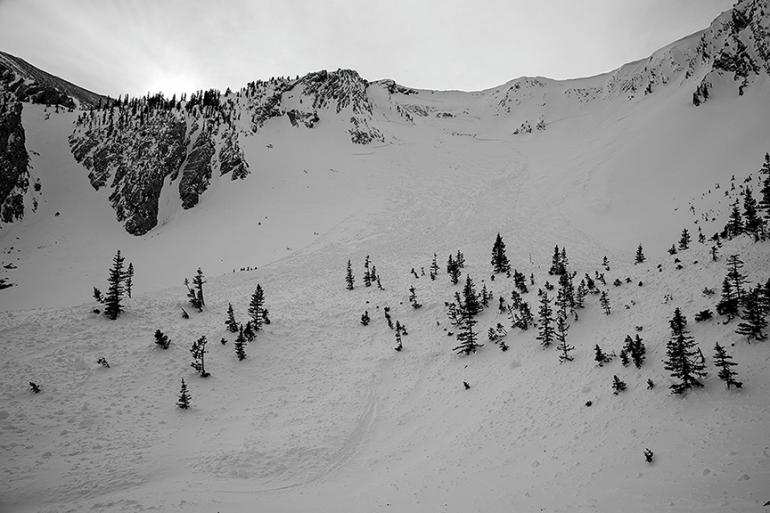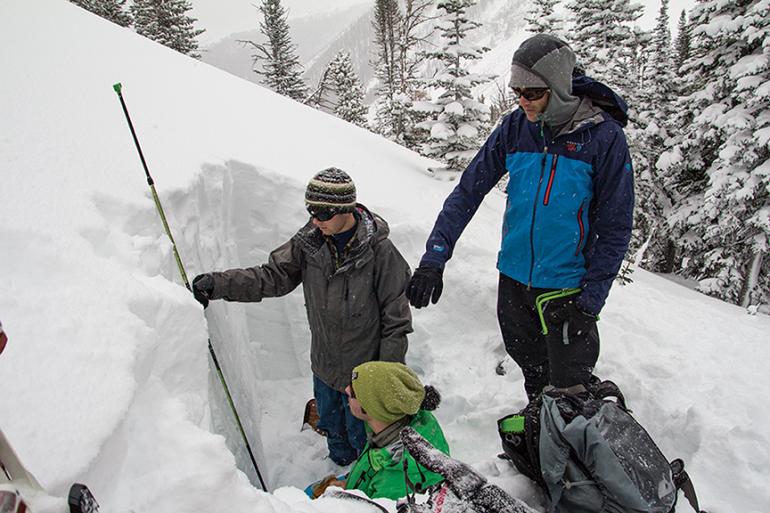Backcountry Prep
Snow, weather, and terrain.
Being able to identify avalanche terrain and increased avalanche danger are important skills for mountain travelers. No matter the season, no matter the activity, if there is snow in the mountains, avalanches are possible. The ability to predict avalanches eludes even the most experienced backcountry travelers, but there are always signs telling us when avalanches are likely. There are also actions we can take to reduce the chance of being caught and increase the chance of survival. This is avalanche awareness 101.
Signs of Unstable Snowpack
-Recent avalanche activity on slopes steeper than 30 degrees.
-Collapsing or cracking of the snowpack in flat terrain. This is often accompanied by a “whumph” sound.
-Heavy snowfall and strong winds that add weight to the snowpack and can quickly create slabs of snow that may slide.
-Rain adding weight to the snowpack that can quickly decrease snow stability.
Avoiding Avalanche Terrain
-Avalanche terrain includes steep slopes (greater than 30 degrees) where avalanches start, and flatter terrain below these slopes where avalanches deposit tons of snow.
-It is possible to trigger an avalanche on a slope above while traveling in lower-angle terrain.
-Small avalanches in creek beds, gullies, and road cuts have large consequences due to snow piling up deep.
Preparation and Prevention
When obvious instability is not present, avalanches are still possible. The majority of avalanche fatalities occur when the avalanche danger is moderate or considerable, when obvious signs of instability are not present. That’s why it’s important to pull out your shovel and dig to look for weak layers of snow. If there are buried weak layers, avalanches are possible. Always carry and know how to use avalanche rescue gear when traveling in avalanche terrain. The minimum gear is a transceiver, shovel, probe, and a partner who also has this gear and knows how to use it. Read the daily avalanche advisory for current weather and snowpack conditions at mtavalanche.com and follow the avalanche center on Facebook, Twitter, and Instagram for weather and snowpack updates.
When the goal is deep powder, avalanche avoidance is tricky. Take a few classes to get educated about avalanches and rescue. Local opportunities for avalanche classes are listed at mtavalanche.com/education. Visit avalanche.org or avalanche.ca for more advisories and information. Have a fun and safe winter and let it snow!
Alex Marienthal is an avalanche specialist and educator for the Friends of the Gallatin National Forest Avalanche Center.













